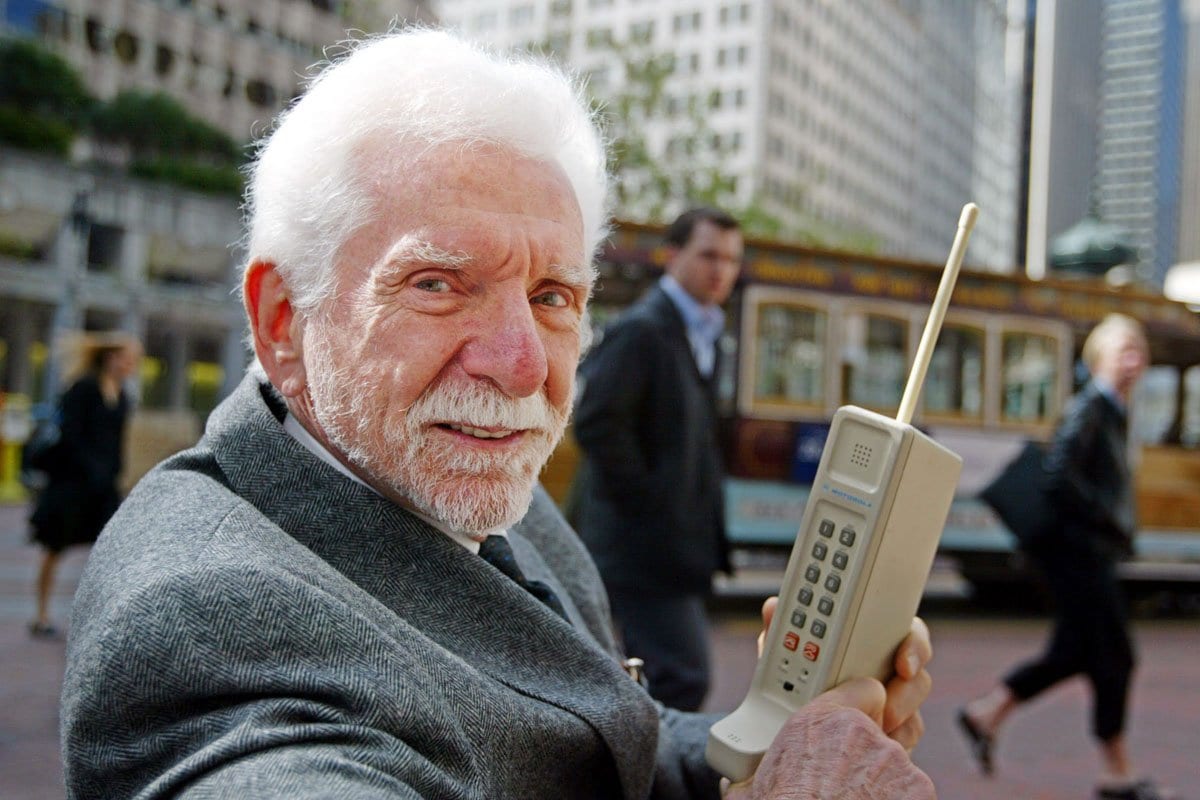

That’s not a problem when you’re trying to access data on the disk in your home computer. To access data on a hard disk drive, the most common method of storage used today, he says, the disk has to spin around and position the data under the head that’s reading the data. The big issue is the speed with which you can access the data. While holographic storage would certainly help with finding space for the increasing mountains of data, storage capacity is not the most important consideration, according to Benn Thomsen, senior principal researcher at Microsoft Research. Dramatic improvements in smart-phone technology have helped make this more feasible. To read the data pages, a pulse of light is diffracted off the hologram and captured by a camera, reconstructing the data page. Each block of data, called a “page,” can hold a hundred kilobytes of data, and by adjusting the angle of the laser beam, multiple pages can be recorded in one volume or zone of space. Rather than record data on the surface of the medium (as in solid state or disk storage), holographic storage records data throughout the volume of the medium, using light - in this case, a laser - to record data in a tiny hologram inside a small cube-shaped crystal. For that, Rowstron and his colleagues at Microsoft Research Cambridge have teamed up with Microsoft Azure, Microsoft’s cloud computing service, to find the solution - and it just might be holographic storage. But for “warm” data - data that needs to be updated frequently, such as emails or financial records - another solution is needed. Researchers are looking into glass and DNA for archival storage. And these technologies were all designed before the advent of the cloud.

They’re getting to the stage where the need for storage is growing faster than the capacity for storage. That’s what’s happening to the current technologies we use for data storage.
/cdn.vox-cdn.com/imported_assets/1575983/smartphone-lineup_1020.jpg)
“That's when you get these rules like, ‘Capacity doubles every two years’ or ‘Your compute power doubles every 18 months,’ and then as the technology gets old, it rolls over, and it gets much, much harder to get those gains,” he says. But eventually it hits a steady state of progress. New technology tends to start slowly, he explains. Ant Rowstron leads a team at Microsoft Research in Cambridge, UK, that is looking for future solutions for the cloud. And the storage capacity of these methods is no longer increasing exponentially as it once did.
The next big thing in cell phone technology software#
Increasingly, however, it's being stored in the cloud, which refers to the software and services that can be accessed through the internet. Today, data is stored on either solid-state drives or spinning disk drives. However, current methods of data storage aren’t keeping up with demand. To give you an idea of how much that is, one zettabyte contains a whopping 1,000,000,000,000,000,000,000 bytes, the basic unit in digital storage and processing. According to recent estimates , by 2025, there will be in the neighborhood of 200 zettabytes of data zipping around in the world. And that pile of data is growing at an astonishing rate. Every email you send, every selfie you take, every TikTok video you post adds to the amount of digital data in the world.


 0 kommentar(er)
0 kommentar(er)
